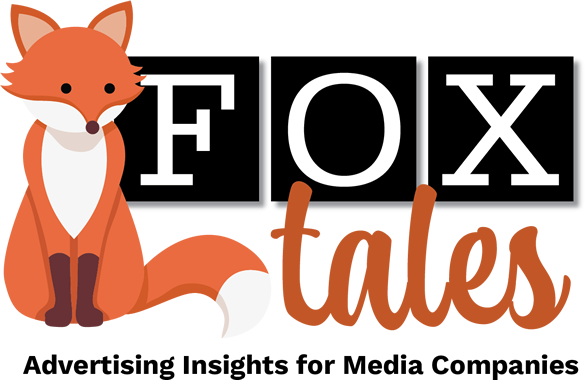I read an interesting news article recently about the impact of environmental sustainability in the advertising world. In it, the discussion was around whether there’s a double standard on the topic.
On the one hand, some media brands report that marketers are more conscious than ever about the issue, and indeed, they’re moving their marketing budgets in that direction. According to a report in Digiday last month, Time Magazine reported that as much as 20% of its ad revenue is being placed with its sustainability coverage and related businesses. The Financial Times has seen a 9% increase in ad spend from 2021 to 2023 devoted to its climate-related verticals. Vox Media reports rising traffic and marketer demand for content related to sustainability.
So the reader and marketer demand is there. But what about the marketing process itself? Just because an ad is digital doesn’t mean its environmental impact is nil. In fact, a follow-up article in Digiday suggests that marketers and ad agencies are putting some pressure on publishers to demonstrate their own commitment to sustainability.
The fact is that all things digital, whether it’s minting NFTs—described in one article as an “ecological nightmare”—or publishing a website, require electrical power and lots of storage capacity. Taken together, it adds up to untold numbers of server farms, consuming untold amounts of electricity, which, in turn, is generated mostly by fossil-fuel consumption. It represents “an insane amount of computing power that goes into running the [advertising] ecosystem,” Anne Coghlan, COO of Scope3, a carbon-emission measurement company that operates in the media space, told Digiday this month.
Agencies are asking media companies about their carbon footprint. Generally, high-clutter websites with many ads clustered around the pages require more power. Programmatic advertising, in particular, is a high-energy-consumption process. Many ads, relying on many supply-side platforms on a site that refreshes frequently, is likely to have a much higher rate of power consumption. Most egregious, Digiday says, are content farms that have many ads, terrible user experience, and refresh frequently.
While it’s not a deal-breaker for agencies and marketers yet according to Digiday, this is nevertheless something all publishers should be aware of and learn more about.
